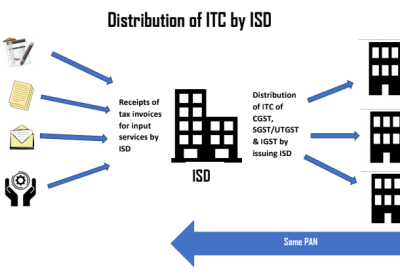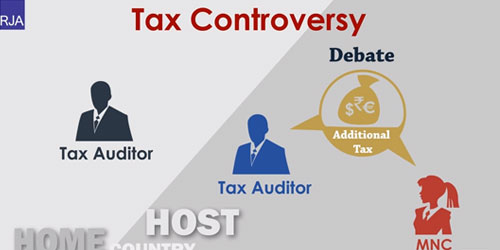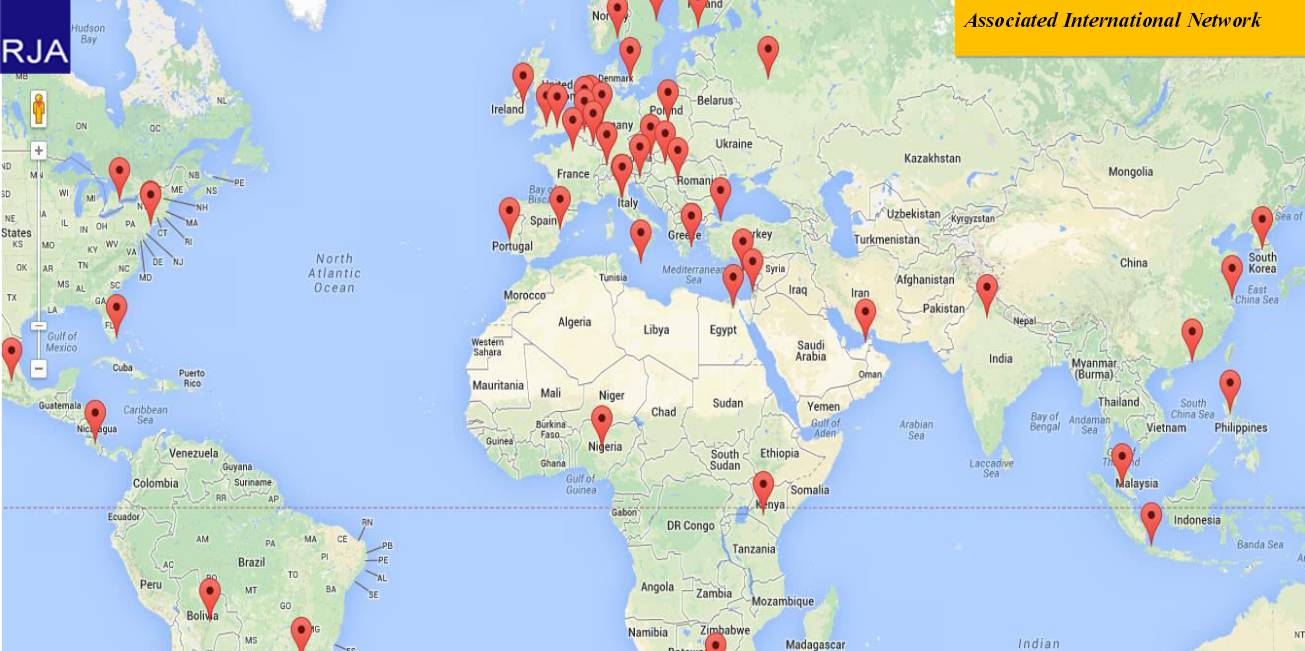Goods and Services Tax (GST)
All you really need to learn about goods and services tax (GST)
Goods and services tax (GST) ensures that rather than collecting taxation at all rates in the nature of VAT, excise duty, income tax, customs duty, luxury tax and utility tax, you pay a specific tax at the end of the supply chain
GST Registration
In order to supply goods and products in India, it is mandatory to do GST registration.
Registration ensures safe taxation and also lets you enjoy various benefits. Multiple input taxes paid at every stage build up and cause cumbersome interaction with tax authorities. It would be done by applying interest at each point by charging the final tax by the buyer to the last supplier by where the goods is being bought or the services have been provided.
GST Registration measures
Registration requires a basic step-wise process
- First, figure out if GST registration should be subject to mandatory or optional registration for your particular situation.
- Review the documentation needed to register with GST and prepare them correctly
- Test the documentation by a specialist to prevent denial
- Uploading the documents to the GSTN website along with the GSTN application form
- Normally just a few days until the GST registration is reviewed and accepted. The registration certificate will be granted accordingly.






























